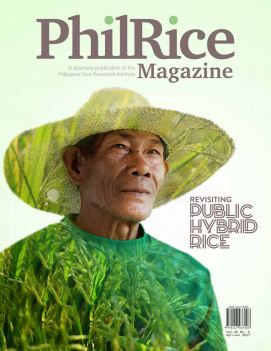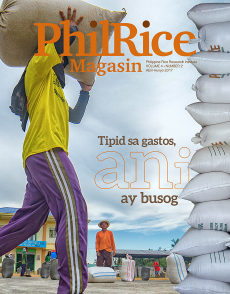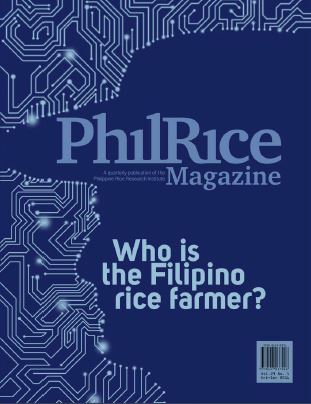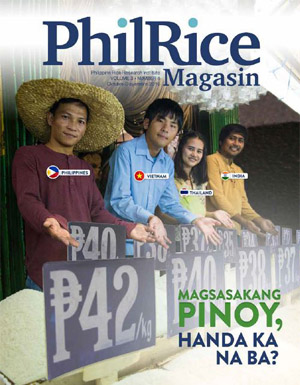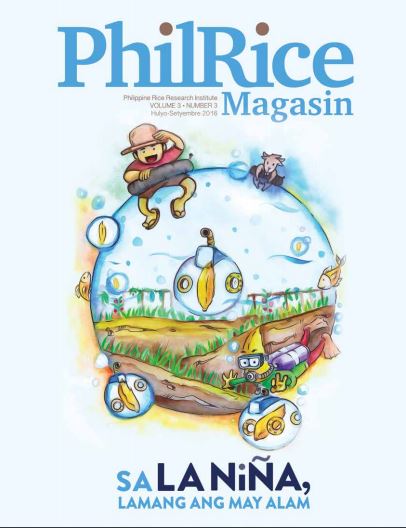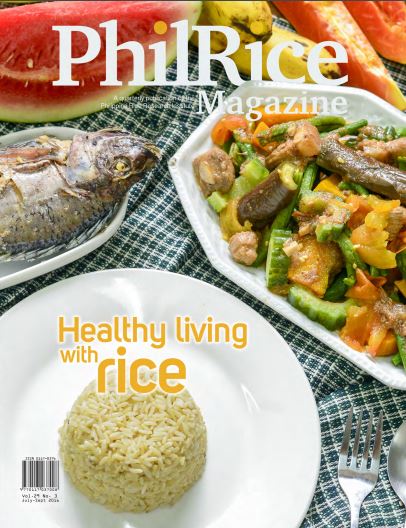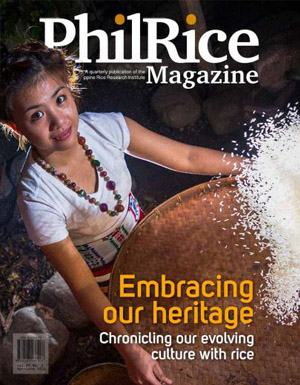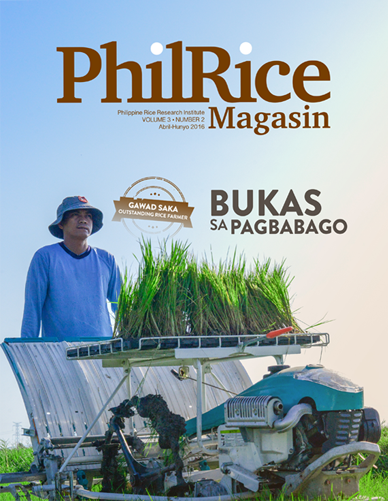Vol. 30 No. 2
While hybrid is not a new technology,
this issue reintroduces it to the public to help
them learn and unlearn the things that they
know; provide explanations to their judgements;
and consider it another option for them to be more competitive
Vol. 4 No. 2
Alamin ang iba’t-ibang teknik sa
pagsasaka para ani ay mas hitik
ngunit sa bulsa ay hindi masakit
Dahil hindi kailangang magastos ang pagsasaka
Vol. 4 No. 1
Tuklasin ang iba’t-ibang serbisyong pang-agrikultura na maaaring
magbigay ng mataas na ani at kita.
Mga programang masasandalan ng ating mga magsasaka.
Vol. 30 No. 1
As we speed closer to our vision of a ricesecure
Philippines, we look back on how we
got to our current position.
Vol. 29 No. 4
The face of the Filipino farmers will continue to evolve as they tread the path to success. The farmers of the future are the best versions of who they are today.
Vol. 3 No. 4
Sadyang hindi na mapipigilan ang pagpapatupad ng trade liberation o pinaluwag ng kalakalan sa bansa. Kay naman, mas mainam nang maging handa!
Alamin ang iba’t ibang diskarte upang makasabay ang mga magsasakang Pinoy sa ibang bansa.
Vol 3 No. 3
Sadyang hindi na mapipigilan ang pagbabago ng panahon. Sa panahong madalas and pag-ulan, maikli ang tag-araw, mahaba ang mga araw na maulan, mas maraming bagyo, at mas malamig ang hangin, ‘di maikakailang ramdam na and La Nina.
Kaya naman, mainan na makasabay sa hamon nito. Basahin at gamintin ang mga teknolohiyang subok na ng mga magsasaka. Dahil kung ikaw ay handa, siguradong lamang ka.
Vol 29 No. 3
Bring vibrancy to food. A healthy plate doesn’t have to be
boring. Pairing brown rice with your favorite colorful dish is a
good start. Brown rice is just one of the many health-smart rice
choices now made available and even affordable to develop
healthier eating habits among Filipinos.
Vol 29 No. 2
Winnowing rice is an image we often see in the rural areas. The process may be tedious, but it is a manifestation of how much we want to cook the most important grains in perfection. The way we plant, harvest, cook, and consume rice has advanced over the years. Our cover reminds us there are things in our culture that are fleeting, in response to the changing rice industry landscape.
Vol 3 No. 2
Mahigit 10 tao ang kailangan upang makapagtanim ng mano-mano sa bukid. Sa tulong ng mechanical transplanter, kayang-kaya na ng 2 tao na mataniman ang isang ektaryang palayan. Sa paglipas ng panahon, ang ating mga magsasaka ay naging bukas na rin sa paggamit ng makabagong teknolohiya tulad ng makinarya at innovations sa bukid. Kaya naman, mas bumaba ang gastos, mas tumaas pa ang kanilang kita.

